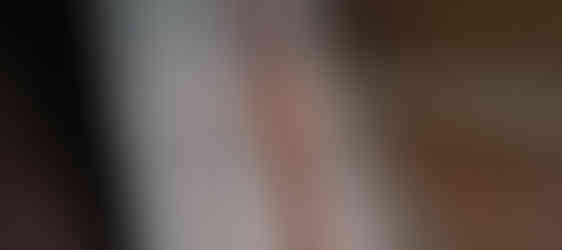Maple Color and Texture
- Laura Keim, Curator
- May 1, 2020
- 2 min read

Both James and Sarah Logan's estate inventories, of 1752 and 1754 respectively, list a "Maple Chest of Drawers and Table" valued at 7 pounds in Stenton's Yellow Lodging Room or best chamber. The pair of carcasses was probably commissioned for the room in 1738 when James Logan ordered the exact number of brass escutcheons and handles for the drawers and locks of these two cases combined, a somewhat atypical arrangement as the lover cases of the chest and the table contain each contain four-drawers, a configuration less valued by aesthetically driven collectors over the last century. While walnut (often 'Virginian' American walnut) was most prized in this period for British and Colonial-made furniture, dense, red mahogany was fast becoming the most fashionable and expensive wood. Maple was in a category unto itself, valued for its 'tiger'-striped or burly curled texture and warm honey color. Sometimes it was stained red to suggest mahogany. Like walnut, maple too, was exported to England, only to be superseded by satinwood in the later decades of the 18th century.
Image Above: Maple High Chest of Drawers, c. 1738, Philadelphia. Descended to Robert Restalrig Logan, who sold the chest and table to antiques dealer Joe Kindig, Jr. in 1939. Kindig sold the pair to the Copelands of Mount Cuba in Delaware. Mrs. Copeland, a Colonial Dame, bequeathed the high chest and dressing table to Stenton in 2001.
Image Captions: 1) Spanish or brush foot with molded cuff at the ankle. 2) The shouldered half-round pendant drop in the dressing table skirt is applied. 3) The same feature is integral to the case on the high chest. 4) We believe the high chest fits on this pier because the moldings of the window seats on either side were cut to visually accommodate the curve of the rear cabriole legs. 5) The prized honey color and striped grain of the maple and the three types of brasses. 6) The high chest and dressing table stand along the front piers in the Yellow Lodging Room, where their color harmonizes with the original yellow ochre paint and old-fustic dyed wool.
































